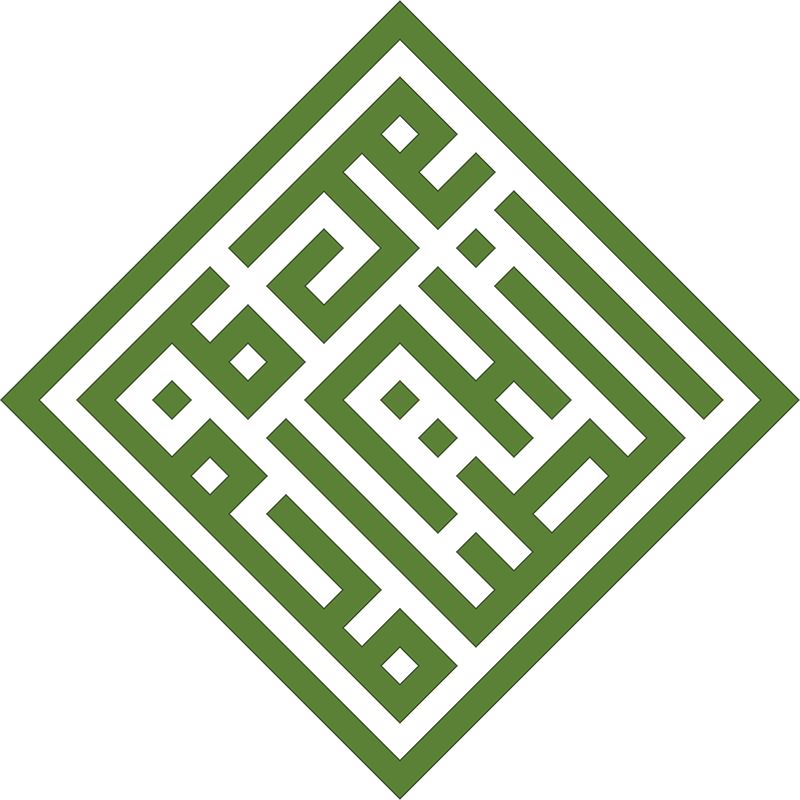Pragmatists in the first century AH

“Pragmatists in the first century AH” a lecture by Dr. Abdul Hadi Al Ajmi Biography: Dr. Abdulhadi Al-Ajmi is an Assistant Dean for Academic Affairs, Research and Graduate Studies at Kuwait University. He is a recipient of the Kuwait Prize for Historical Studies and a PhD in History and Civilization from the University of Durham, […]
The Arabesque Leaf Scroll

Heba Nayel Barakat Dr Heba Nayel Barakat is head of the Curatorial Affairs Department at the Islamic Arts Museum Malaysia (IAMM), where she supervises the refurbishment of the museum’s permanent galleries, researches artefacts in the collection, and supervises exhibitions in the museum’s special galleries and abroad. Before joining IAMM, she worked at the Center for […]
Why Culture Matters: The impact of culture and cultural heritage on societal challenges and sustainable development

Markus Hilgert Professor Dr Markus Hilgert is an Ancient Near Eastern Studies and Cultural Heritage Research specialist and the Director of the Ancient Near East Museum at the Pergamonmuseum in Berlin. He is also the coordinator of the national research alliance ILLICID and of “museum4punkt0 – Digital Strategies for the Museum of the Future” under […]
Of Buying Many Books There Is No End: Paratextual Marks as a Source for the History of the Book in Islam

Frédéric Bauden Professor Dr Frédéric Bauden is Professor of Arabic Language and Islamic Studies at the University of Liège, focusing on Mamluk historiography, diplomatics, and codicology. He is the editor of the Bibliotheca Maqriziana (Leiden), which will publish definitive critical editions of al-Maqrīzī’s works accompanied by annotated translations and thorough introductions. He has recently completed […]
Diwaniya: From hospitality to Architecture

Bashar Al Salem Architect Bashar AlSalem is a founder/ partner of Kayan, a Kuwait-based architecture firm. He is a principal architect, leading a team of young architects producing residential and commercial projects. Prior to Kayan, he was a senior architect and a project manager with SSH, a member of the Sphere Design Group, and worked […]
The Nabataean and Roman city of Hegra (Madain Salih): The ongoing excavations and surveys

Laila Nehmé Dr Laila Nehmé is a senior research fellow in the Centre National de la Recherche Scientifique in Paris. She works on Nabataean archaeology and Nabataean inscriptions and the development of the Nabataean script into Arabic. She is the director of the Madain Salih Archaeological Project and has published a two volume book on […]
Real or Imaginary? Miniatures as a source of knowledge for the history of Islamic Art

Giovanni Curatola Professor Giovanni Curatola is a professor at the University of Udine, Italy and is the author of more than one hundred scientific publications on Islamic art. He curated the first general exhibition on Islamic Art in Italy in 1993. He also curated the exhibition al-Fann: Art from the Islamic Civilization. The al-Sabah Collection, […]
In Jewels, India is the Treasury of the World

Usha Balakrishnan Dr Usha R Balakrishnan is a cultural capital consultant based in Mumbai. She is a highly regarded independent scholar of Indian art and culture and the pre-eminent historian of Indian jewellery. Her mission is to collaborate and work with museums, individuals, and organizations to curate exhibitions, plan programmes, form collections, manage cultural spaces, […]
Reflections on the art of Calligraphy

“Reflections on the art of Calligraphy” a lecture presented by Dr. Sameer Al-Sayegh The topic seeks to examine the relationship between the art of calligraphy, religion,language and its impact as an art.
Rock-cut Architecture in Petra, Jordan

Zeyad al-Salameen Dr. Zeyad al-Salameen is a Professor of Nabataean archaeology and epigraphy and the UNESCO Chair on Heritage and Sustainable Tourism at al-Hussein Bin Talal University. His research interests include Nabataean archaeology and epigraphy and the history and civilization of Petra and its hinterland. He has published several books and numerous articles pertaining to […]



